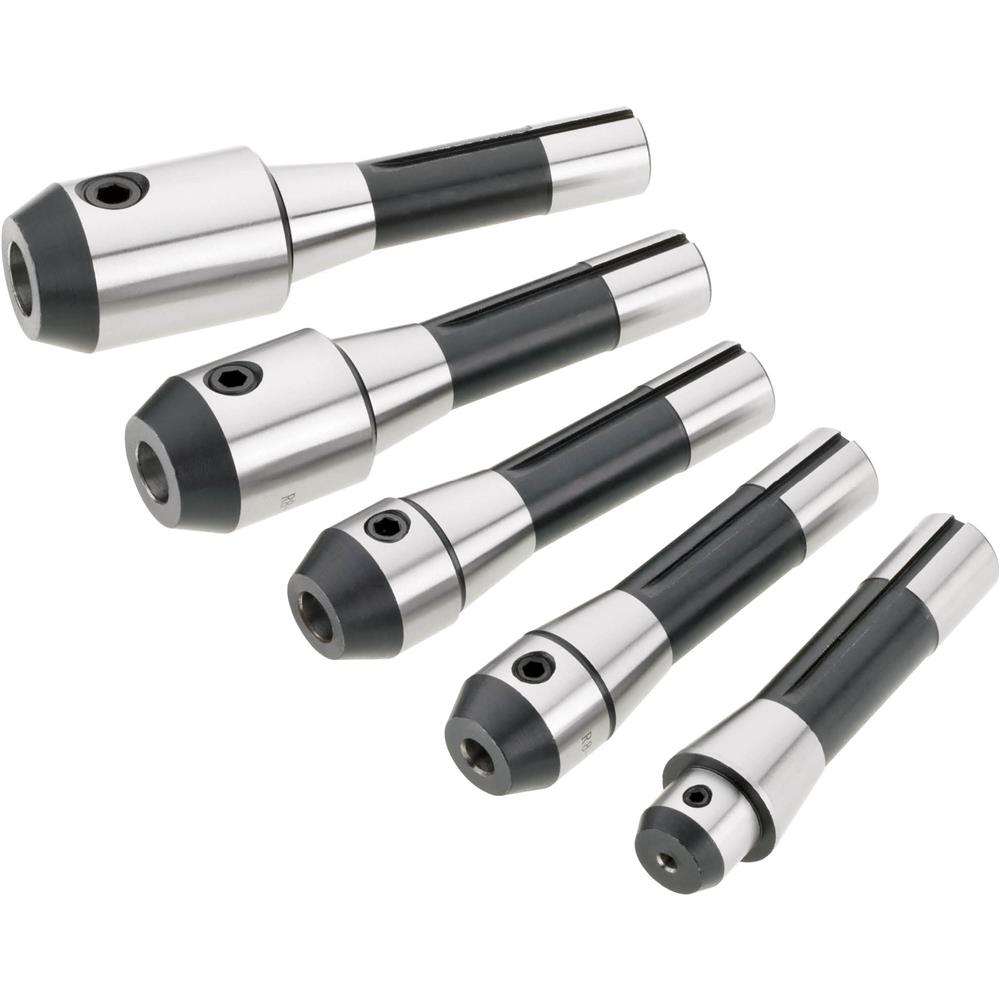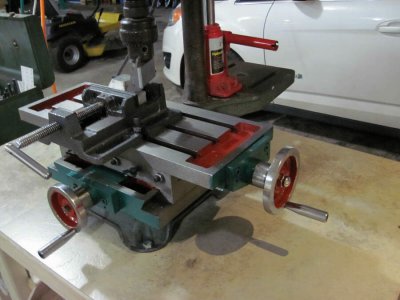- Joined
- Feb 17, 2013
- Messages
- 4,407
DiscoDan - Looks like Jack is using a Weldon type adapter to hold the tools inside the spindle. So he's avoiding the main problem with using a DP for milling (the poor side load capability of Morse and Jacobs tapers).
Jack - I get this crazy vision of your substituting an air-over-oil jack for your manual one, thus having a Z power feed
(Told you it was crazy!)
Substituting the XY vise for the table does make sense, especially if that's what you know what you'll be using most of the time. Plus, you can always go back and forth as needed - might have to re-level, but the same shim set would probably work for both. And of course, you're now a member of the "round column mill club" (as I am), and get to experience the joys and wonders of having to re-establish 0,0 every time you raise or lower the head. Every machine tool has its quirks and trade-offs. Looks like you're doing pretty well at very low cost.
Jack - I get this crazy vision of your substituting an air-over-oil jack for your manual one, thus having a Z power feed
(Told you it was crazy!)
Substituting the XY vise for the table does make sense, especially if that's what you know what you'll be using most of the time. Plus, you can always go back and forth as needed - might have to re-level, but the same shim set would probably work for both. And of course, you're now a member of the "round column mill club" (as I am), and get to experience the joys and wonders of having to re-establish 0,0 every time you raise or lower the head. Every machine tool has its quirks and trade-offs. Looks like you're doing pretty well at very low cost.



